

|
Once you have decided to “go solar”, the first and biggest decision is whether you will do it yourself, or have professionals do the installation. There are many reasons in support of either choice. For many, it is just easier to have it installed professionally. So far, the majority of the systems appear to have been installed by a professional.
When I set out to explore solar energy / photovoltaic panels, my goal was primarily to find a way to run a modest air conditioner during the hot summer days, without adding much to the utility bill. I had refrained from using an air conditioner last year, and this year wanted the option, without the higher monthly. In doing research and embarking on this adventure, I learned from things that initially felt like obstacles. Having delved into more than one solar approach, I can share some observations, hopefully steering you so you will be better able to focus on the choice that best fits your needs!
I already had a 12 volt / 1,000 watt power inverter and a 12 volt "deep cycle" marine battery, along with a gas-powered generator to charge the battery. These three items work together to provide emergency backup power during a power outage. With the inverter, I was able to run small ac powered devices from the home (including a small air conditioner) off of the marine battery. More recently, I purchased my first solar panel, and a charage controller. The generator can still be used for power beyond what the battery can provide, but the solar panel and charge controller can maintain a 12 volt automotive battery for emergency battery back up power, without any noise or exhaust!
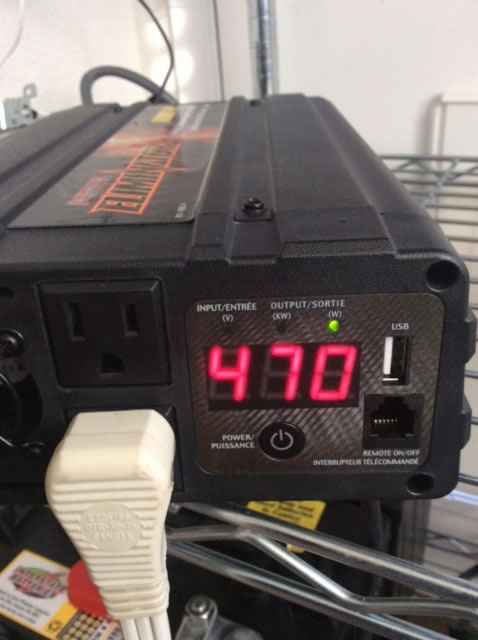
I soon began to fall into some of the many pitfalls I hope to help you avoid in your DIY solar pursuits. First off, it seemed the battery was unable to run the window fan for more than a few minutes before the inverter would shut off. The deep cycle marine battery failed to hold much of a charge, whether I used a home battery charger that plugs into a standard 110 volt ac wall outlet, or the solar panel and charge controller. The battery was several years old and had unfortunately been neglected and allowed to fall below a 50% charge. I also learned from a customer review about a glitch in the home battery charger that sometimes led the charger to "boil" (overcharge) the battery. Either way, I quickly learned the importanace of proper battery maintenance.
I purchased two 6-volt golfcart batteries at Costco for about $100 each. I arranged them in series, ending up with a 12-volt battery bank. Note: Most automotive batteries (including "deep cycle") are designed to provide bursts of energy for vehicle starting power. Golfcart batteries can handle regular use. Unlike standard auto batteries these are also designed to be depleted more than 50%, sometimes by as much as 80% (down to 20% charge). Golf cart batteries are designed for more prolonged yet steady use, siilar to the way they are used in a solar project, making them a logical choice.
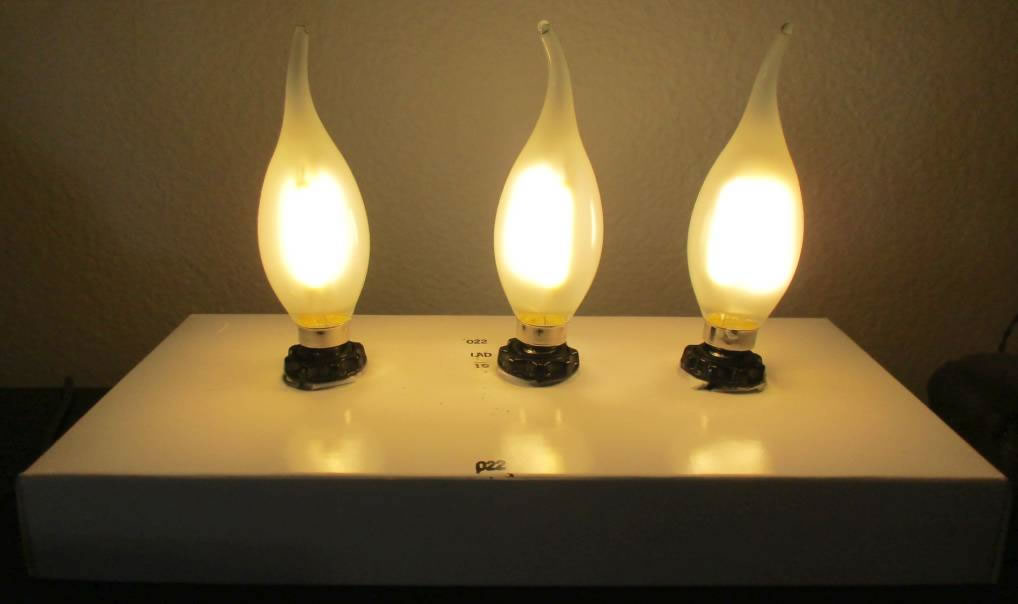
The two golfcart batteries are taller than a standard auto battery, and I began to wonder how long I could power a device such as a modest air conditioner, before they needed charging. The golfcart batteries are rated as follows: "210 AH @ 20h" This was difficult to understand at first but with some help, it was explained to me that this meant the battery can supply approximately 210 AH / 20 hours or roughly 10.5 amps for 20 hours.
Some would argue that this is the same as 21 amps for 10 hours, or 42 amps for 5 hours. WARNING: Because batteries involve a chemical reaction, this is not realistic. Batteries can get too hot, which can damage the internal plates.
To know how long the air conditioner can run, note the wattage rating of the air conditioner and calculate the wattage (watts / hour) the battery can supply.
In this case, the air conditioner is rated at 490 watts (meaning the maximum energy needed).
For the battery, we use the formula: watts = volts x amps. So the wattage the battery can handle is 10.5 amps x 12 volts (for 20 hours) = 126 watts for 20 hours, 252 watts for 10 hours, or 504 watts for 5 hours (almost enough to supply the maximum wattage needed by the air conditioner), however, see my warning above if you haven't already!
I decided to put something together like Solar Craze in the hopes of saving others some of the time needed to research the various options available to someone wanting their own DIY solar project. In sharing what I have learned, I hope you will be able to be up and running considerably sooner with the system of your choice!
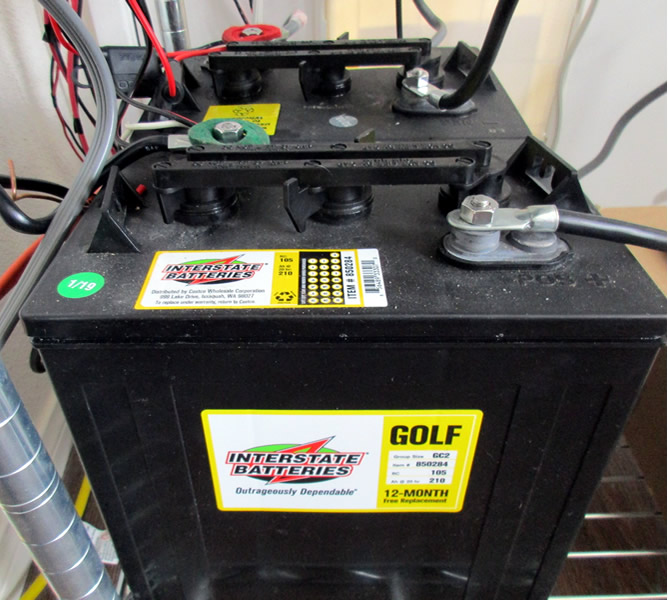
After months of research and experiments, I am able to report successful results! As I write this, it is almost April on a warm afternoon in southern California. Although only about 15 minutes from the ocean, this area tends to heat up, especially in the summer, but almost any time of the year.
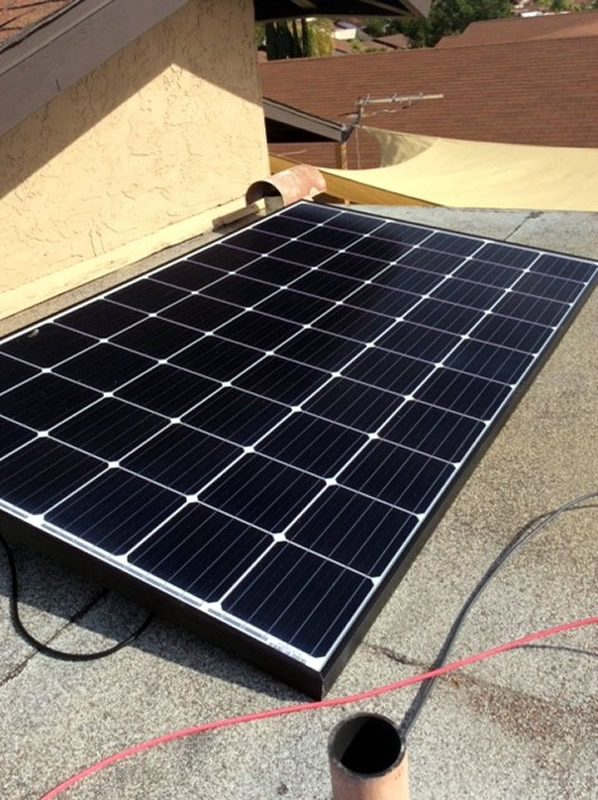
Luckily, I have a window air conditioner running in a room that is adjacent to the kitchen. The window a/c unit is rated at 560 watts, but sometimes consumes less. I am in the dining room, on the other side of the kitchen, and enjoying the cool air, with the help of a modest fan to push the cool air past the kitchen.
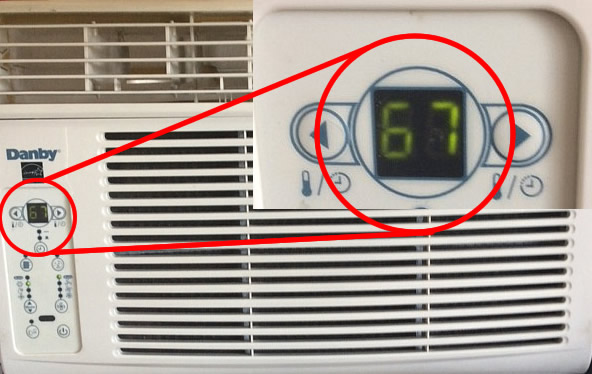
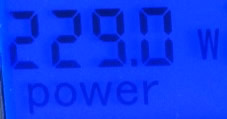
As you can see from the meter, I have over 200 watts coming down the wire, and that’s just from one panel! At this rate, the power used by the a/c unit is easily provided by 3 panels, with energy to spare, which I am using to power the fan to push the cool air into some of the rest of the house.
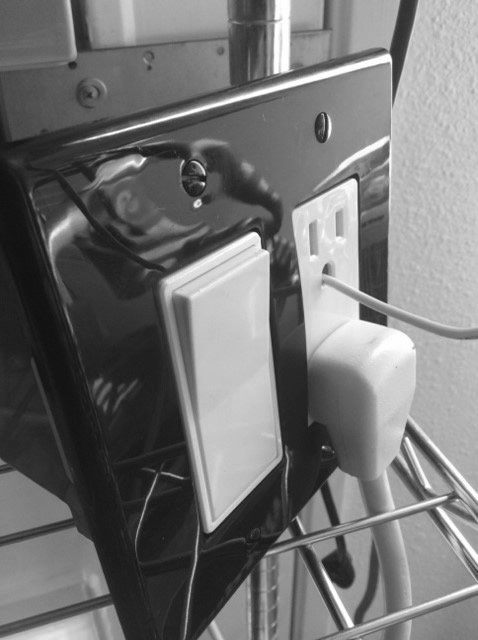
As more of the components (including solar panels) are offered through familiar storefronts like Walmart, the Home Depot, Amazon and eBay, the number of do-it-yourselfers will go up. If you are reading this, you are probably leaning toward DIY.
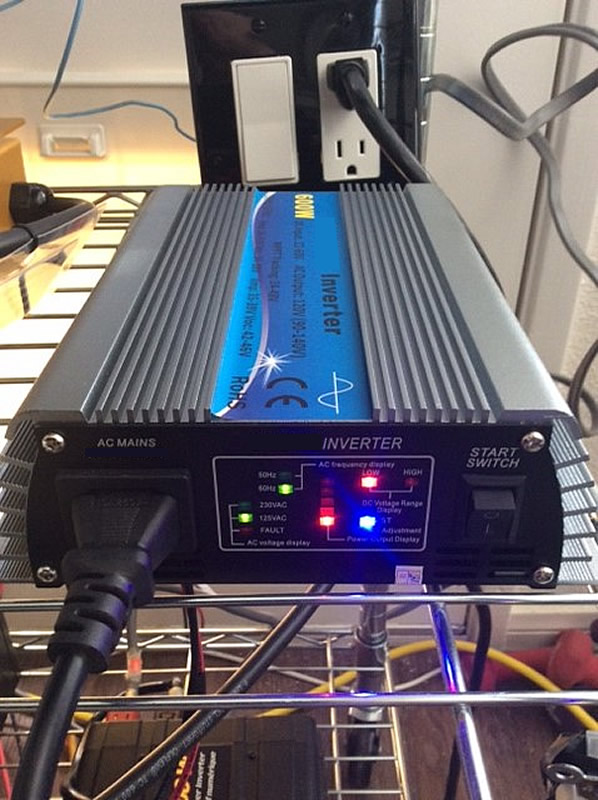
When I was about 10 years old, back in the day, I had a teacher who had a small electric motor that was powered by an equally small solar cell (panel), on her desk. I thought that was one of the coolest things I had seen, ever. Fast forward several decades, and I decided it was time to find out if photovoltaic panels could finally help save money on my electric bill.
In my case, the goal is not to eliminate the electric bill. Instead, I am aware that the utility company is likely to raise the cost of electricity. For some time, they have charged more, after a certain amount has been consumed in a month.
My goal has been to generate enough electricity to power a small air conditioner during the warmest days. Luckily for me, the warmer days happen to be the days when the sun is shining its brightest!



Disclaimer: This information is to be verified and is for general ideas on the subject of solar and / or for entertainment purposes. You are encouraged to confirm anything you read or hear about here with information from other sources, so you can determine what applies to your situation. (No warranties are expresssed or implied. We cannot be held responsible for decisions or actions made by you, even if inspsired by or based on something said or implied in the book or on the Solar Craze website.)





|

|

|